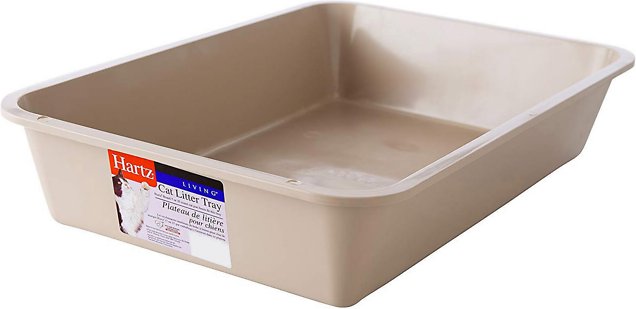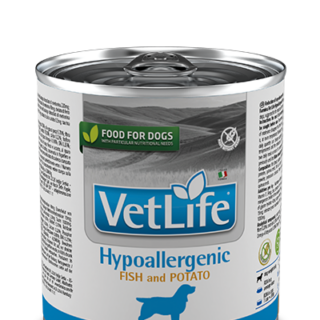Your cart is currently empty!

Single Product
Hartz Cat Litter Tray
Hartz Cat Litter Tray helps you Liberate your kittys litter. This litter pan offers a comfy and open option when your cat is unhappy with her hooded litter box. The stable, wide base and low sides make it easy to enter and exit from any angle. Made with lightweight plastic, you can clean your kittys…
Description
Hartz Cat Litter Tray helps you Liberate your kittys litter. This litter pan offers a comfy and open option when your cat is unhappy with her hooded litter box. The stable, wide base and low sides make it easy to enter and exit from any angle. Made with lightweight plastic, you can clean your kittys bathroom with ease.
Litter Training
Learning how to use the litter box is an important part of early feline development, but “training” is a bit of a misnomer! Kittens naturally understand the litter box and will be drawn to use it as long as you provide them the proper encouragement. Here’s what you need to know about helping get kittens on the right path.
1. Introduce Litter at the Right Time
Newborn kittens need to be stimulated to go to the bathroom, and won’t start using the litter box until around 3 weeks of age. Once the kitten has reached 3 weeks, it’s appropriate to introduce them to the litter box. Every kitten develops at a different pace, so be patient with the kitten and continue stimulating until you’re confident she is using the litter box with regularity.
2. Choose a Litter That is Kitten-Safe
Kittens learn and explore in the same way human babies do–with their mouths. This means that you’ll need to choose a litter that is safe for kittens so that they don’t consume something toxic or dangerous. Kittens should not be given litter products that contain fragrances, harsh chemicals, or clumping properties. While clumping litter might be the standard for adult cats, it’s a risk to kittens if ingested, and should not be provided until the kitten is at least 2-3 months old and well accustomed to the litter box.
Instead, opt for a natural, pellet-based litter that is less likely to be inhaled or ingested by a young kitten.
3. Choose the Right Box
Kittens require an open-top, shallow litter box that is easy for them to access and locate. Eliminate obstacles such as tall or covered boxes and provide something that is easy for them to walk in and out of until they’re big enough for an adult litter box. For very young kittens under 8 weeks old, you can even use a cardboard tray (such as those used for canned kitten food) to provide a shallow lip for the tiny kitten to walk over.
Key Benefits of Hartz Cat Litter Tray
- Provides your cat with a safe and open space to do her business.
- Low sides help your cat enter and exit with ease.
- Smooth, lightweight and easily portable
- Easy maintenanceno disassembly for easy scooping.
- Can be used with litter pan liners for even quicker cleanup.
Instructions
Wipe clean.Always supervise pet to ensure they do not destroy or ingest product. May contain small parts. Not suitable for children. Inspect regularly and replace if any part becomes damaged. For the perfect fit, measure your pet carefully when selecting a size from the Size tab. Sizing recommendations per breed are only guesstimates, since no two dogs are exactly alike.
From amazon




